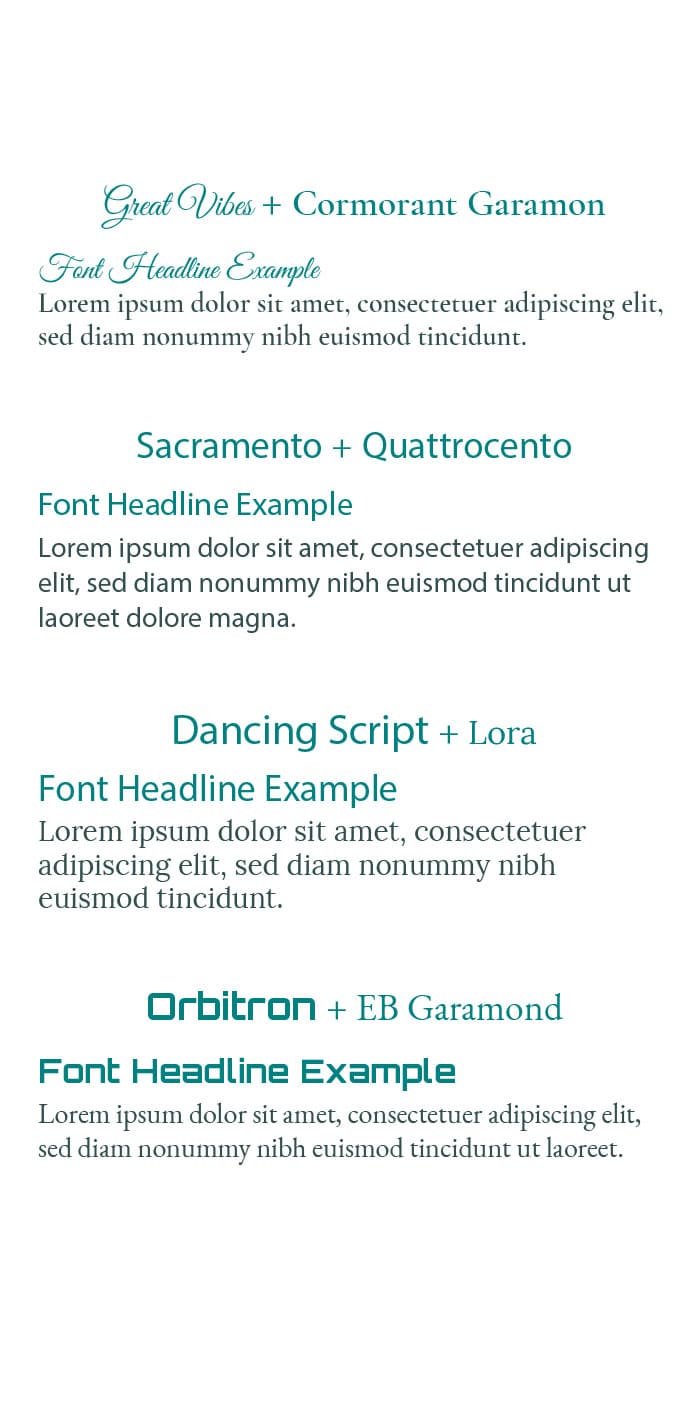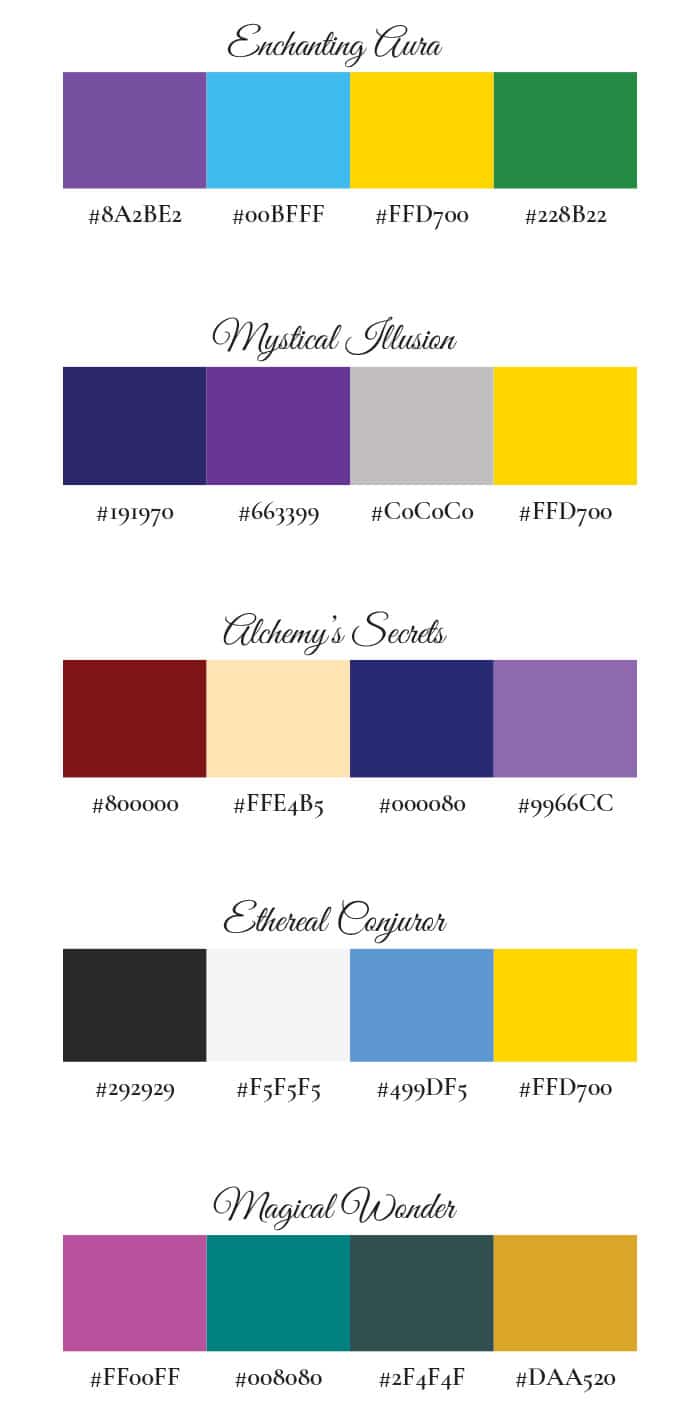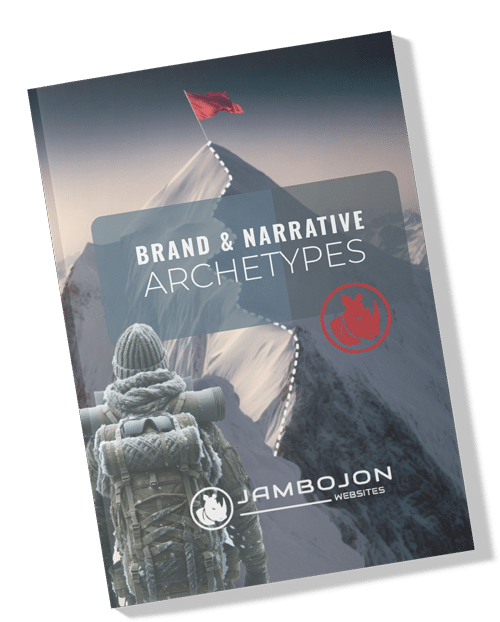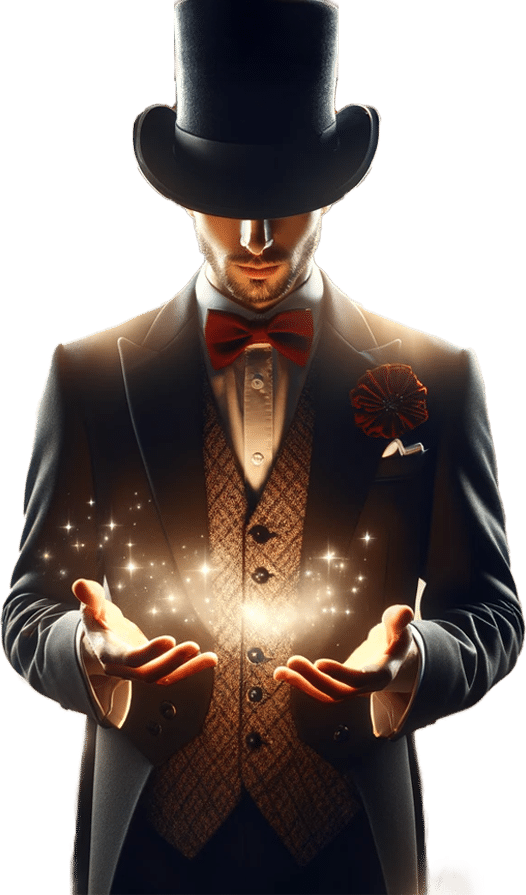About Archetypes
Brand archetypes are important in marketing and branding because they provide a framework for creating a distinct and compelling brand identity. They tap into universal patterns and symbols deeply rooted in human psychology, making them attractive to our character traits and sensibilities. Here’s why brand archetypes are significant and appealing:
The 12 Brand Archetypes
For each narrative, the website design can incorporate elements that reflect the brand's archetype and story.
- Visuals and Imagery: Use imagery that resonates with the archetype's qualities and the narrative's journey. For example, explorers might feature open landscapes, while heroes might use bold and powerful imagery.
- Tone and Language: The copy should reflect the voice of the archetype and the narrative's stages. A Jester might use playful and witty language, whereas a Sage would use insightful and thoughtful prose.
- User Journey: Design the website's user journey to mirror the narrative structure. For a Rags to Riches story, you could guide users from understanding the problem (rags) to discovering your solution (riches).
- Interactivity and Engagement: Use interactive elements to involve the user in the story. For instance, an Explorer brand could include interactive maps or exploration games.
- Testimonials and Case Studies: Share customer stories that align with your narrative and archetype. For a Caregiver brand, testimonials could focus on how the brand supported or nurtured the customer.
By thoughtfully integrating brand archetypes with storytelling formulas, websites can draw in the audience, keeping them on the edge of their seats.
The 12 Brand Archetypes
For each narrative, the website design can incorporate elements that reflect the brand's archetype and story.
- Visuals and Imagery: Use imagery that resonates with the archetype's qualities and the narrative's journey. For example, explorers might feature open landscapes, while heroes might use bold and powerful imagery.
- Tone and Language: The copy should reflect the voice of the archetype and the narrative's stages. A Jester might use playful and witty language, whereas a Sage would use insightful and thoughtful prose.
- User Journey: Design the website's user journey to mirror the narrative structure. For a Rags to Riches story, you could guide users from understanding the problem (rags) to discovering your solution (riches).
- Interactivity and Engagement: Use interactive elements to involve the user in the story. For instance, an Explorer brand could include interactive maps or exploration games.
- Testimonials and Case Studies: Share customer stories that align with your narrative and archetype. For a Caregiver brand, testimonials could focus on how the brand supported or nurtured the customer.
By thoughtfully integrating brand archetypes with storytelling formulas, websites can draw in the audience, keeping them on the edge of their seats.
What is the Magician Archetype?
Magicians are often seen as visionaries, alchemists, and innovators who can harness the power of imagination and creativity to create change and make the seemingly impossible happen. Something that stands out with the magician archetype is they believe in infinite possibilities.
Core Characteristics:
Believing that there are limitless possibilities in the world, thinking outside the box they bring positive changes and achieve their goals. They also deeply believe in self empowerment and self-mastery.
Looking at brands that embody the Magician archetype they usually aim to create an enchanting experience for their customers. They position themselves as visionary leaders in their industry, offer innovative solutions that empower individuals and inspire them to embrace personal growth and positive change.
Brands align with the Magician archetype for several reasons, as it offers unique advantages. One being differentiation, by embracing the Magician archetype, it sets a brand apart from competitors by showcasing its visionary thinking. Another advantage is that they often prioritize ethical practices, sustainability, and social responsibility, further enhancing their positive reputation.
The “Magician” as the Guide
Inspires Transformation and Change:
Encouraging clients to believe in transformative experiences and the realization of their visions.
Cultivates Enchantment and Wonder:
Promoting a sense of awe and the possibility of the extraordinary in everyday life.
Fosters Creativity and Imagination:
Encouraging innovative thinking and the exploration of new ideas beyond conventional limits.
Builds Trust Through Visionary Insight:
Establishing credibility by providing insightful and foresighted solutions.
Encourages Holistic Problem-Solving:
Advocating for solutions that consider all aspects of a situation, leading to holistic and sustainable outcomes.
Enhances Personal Growth and Development:
Empowering clients to grow and develop through self-discovery and self-mastery.
Promotes Mastery of the Unknown:
Supporting clients in navigating and harnessing the unknown for positive outcomes.
Font & Color Schemes for "The Magician"


Download Our Brand Archetype Guide

Understand each of the brand and narative archetypes In this free download. Learn the language, formulas, color schemes and adventure that can tell your story and create raving fans!
Ready to Start Your Journey?













